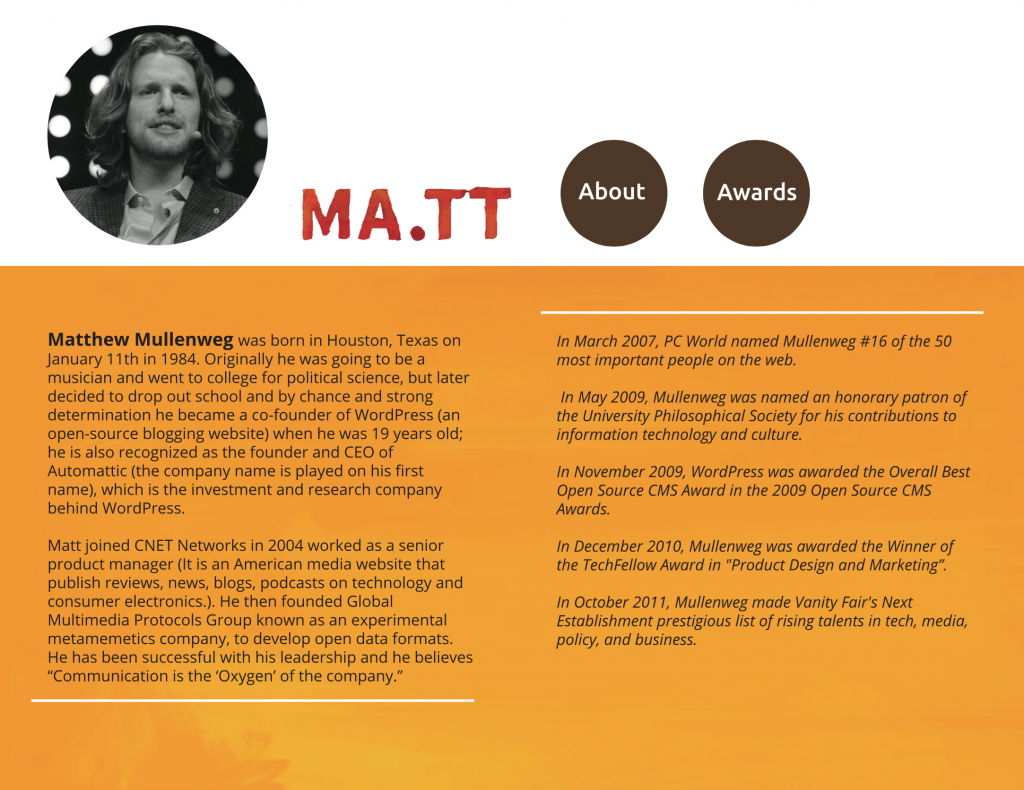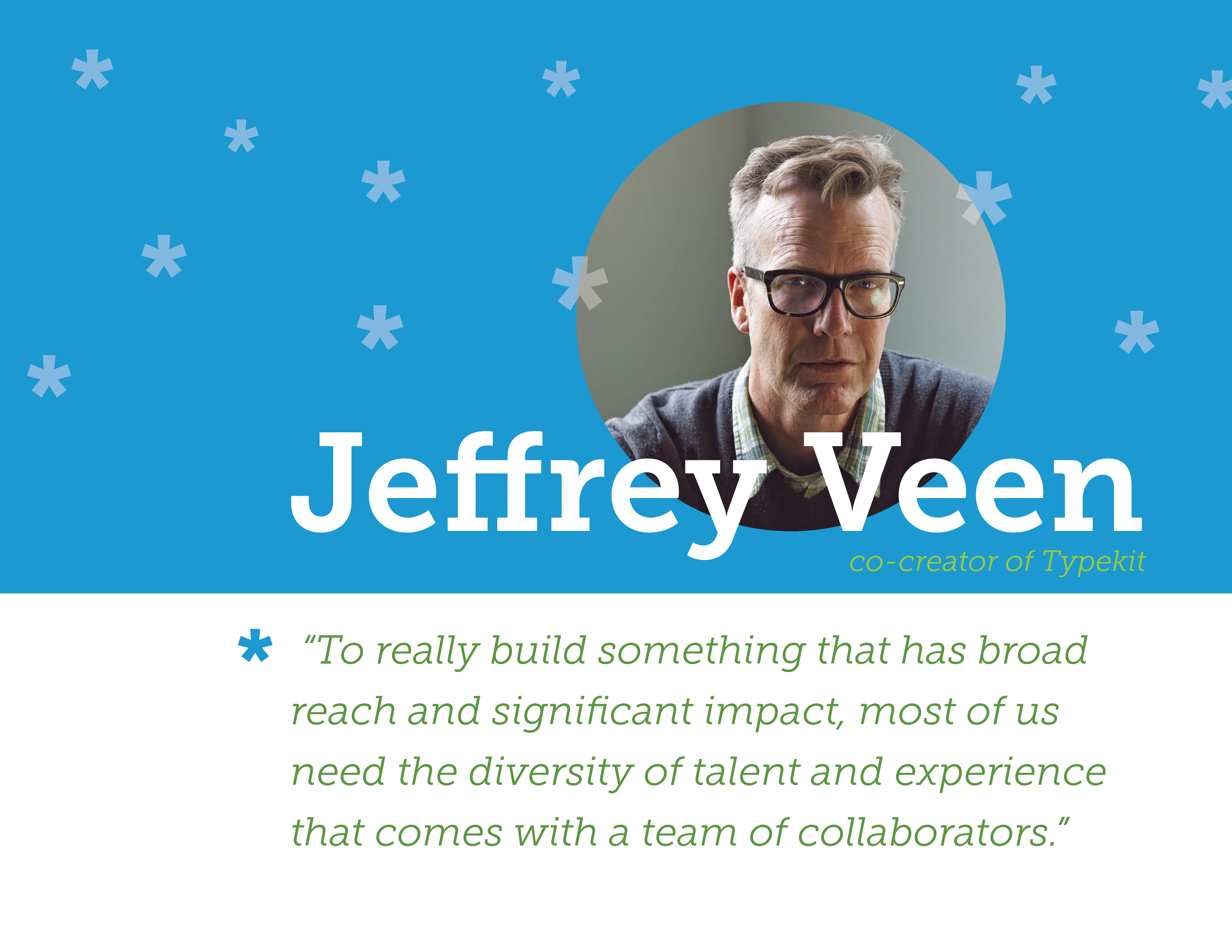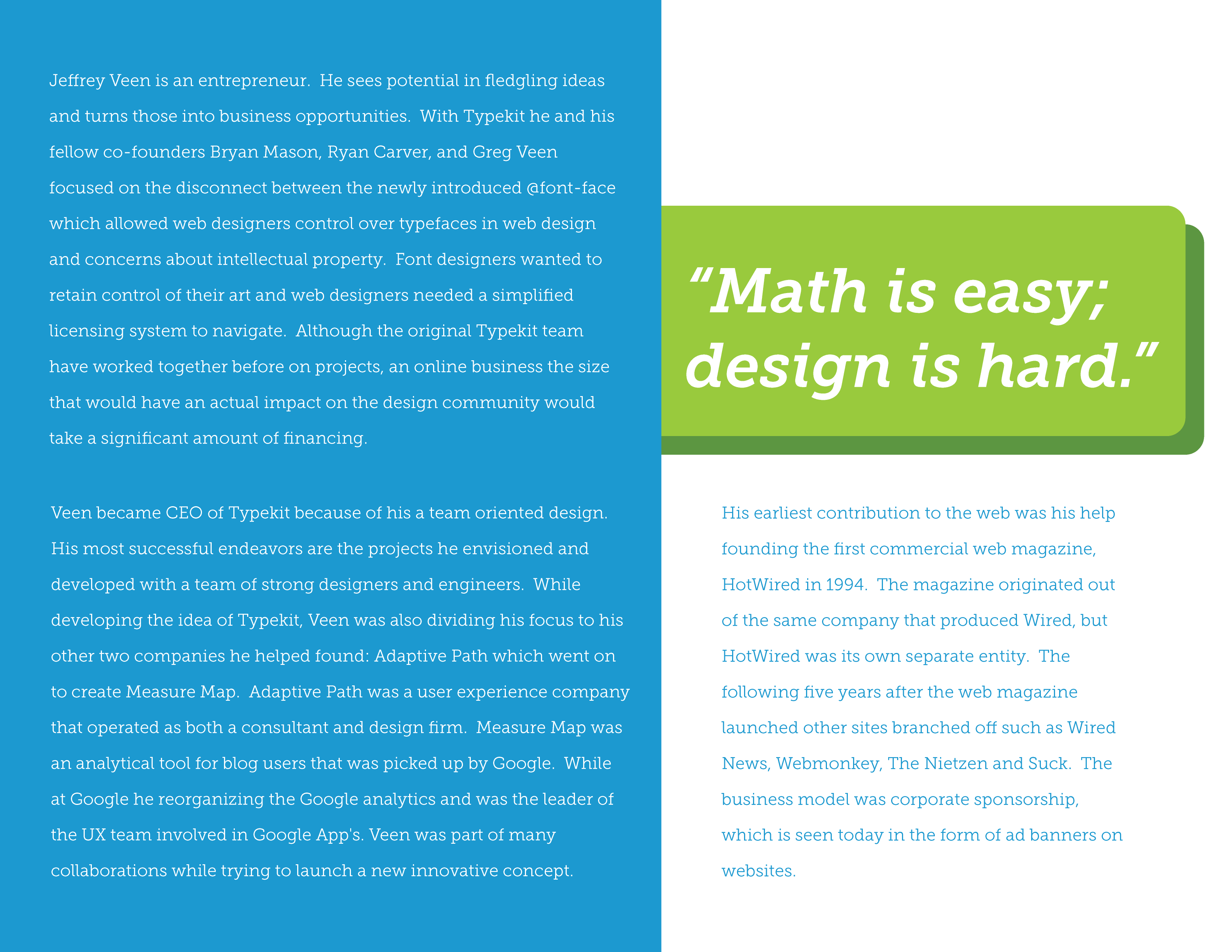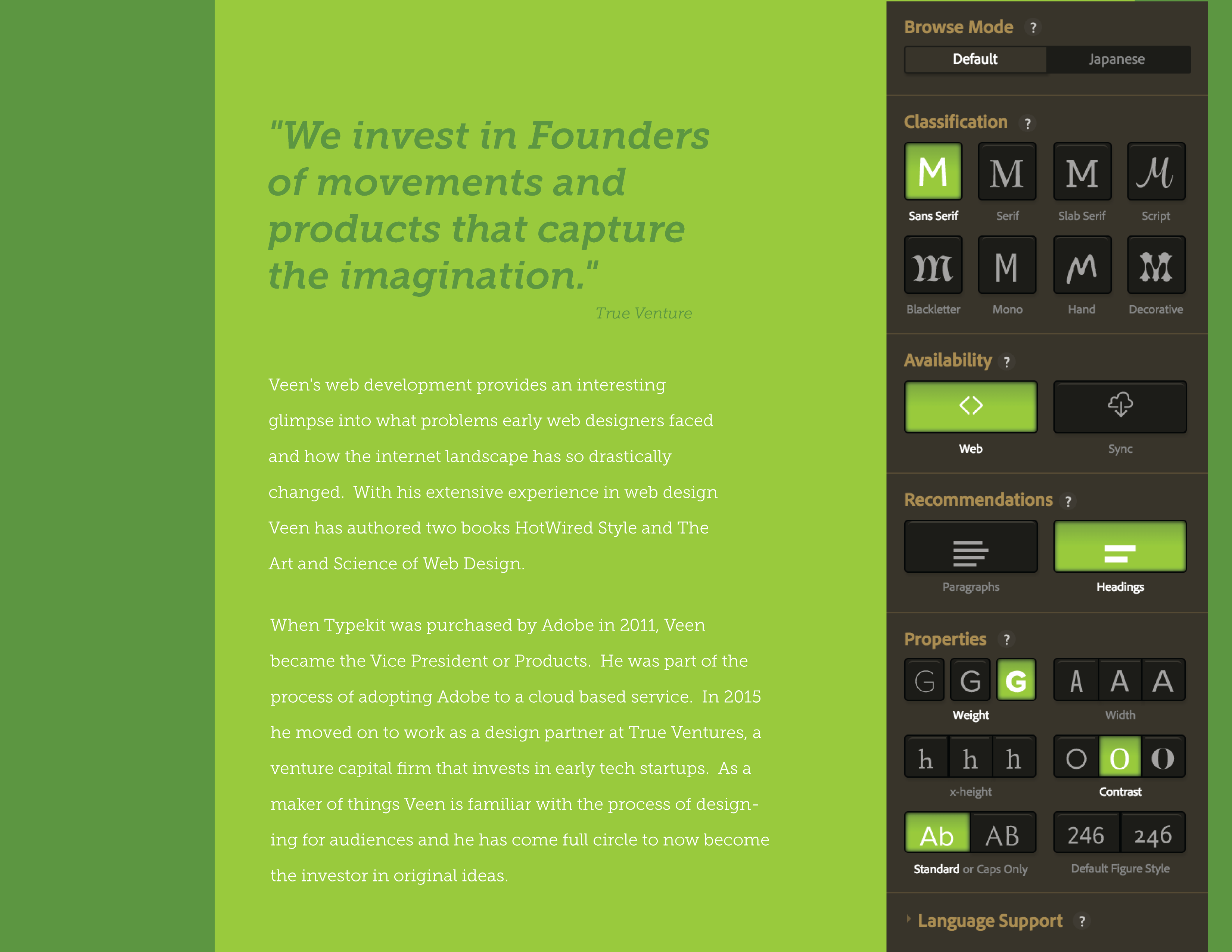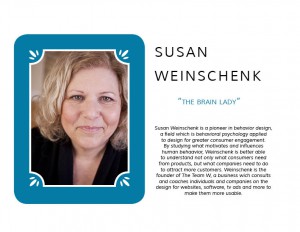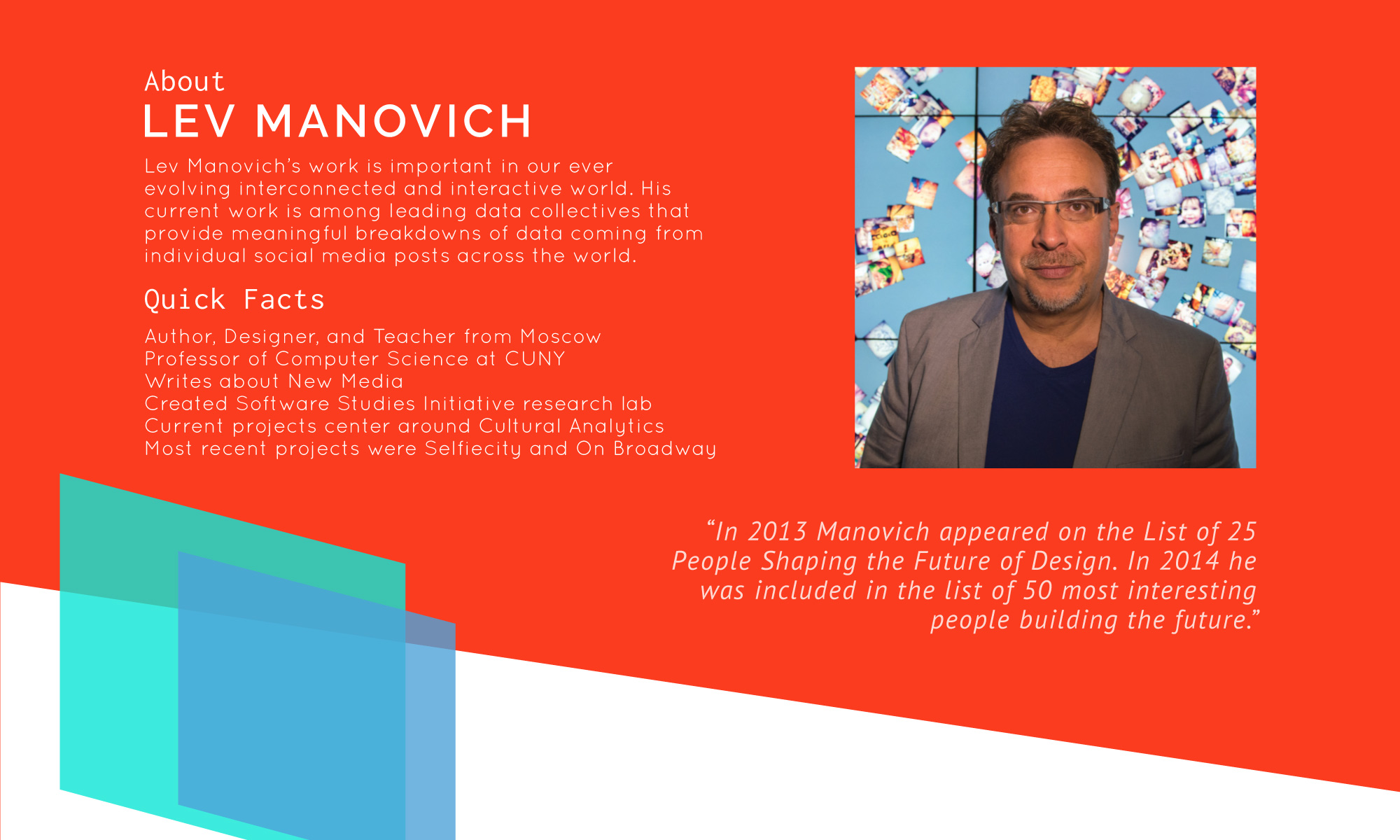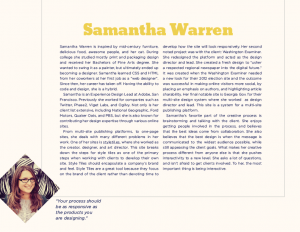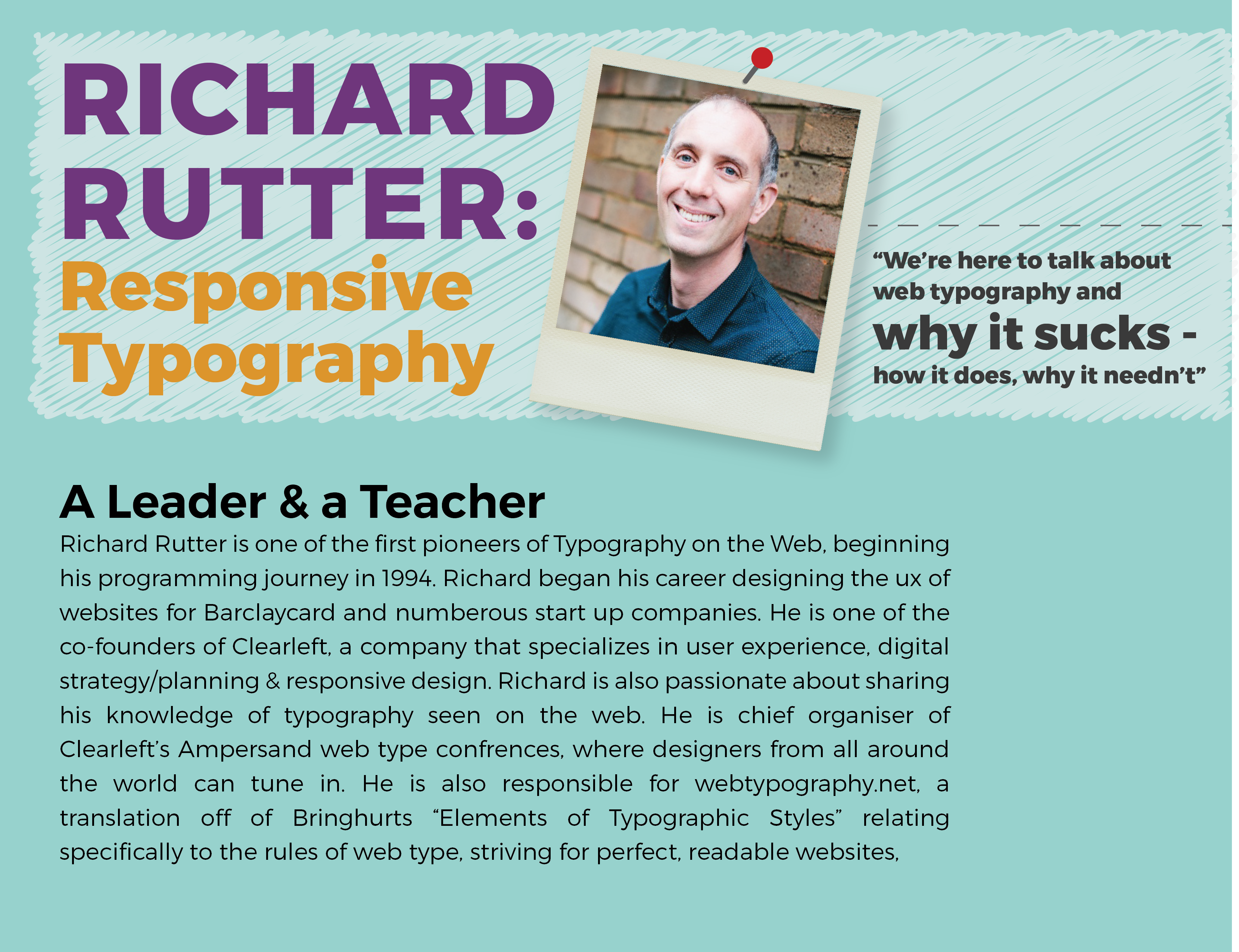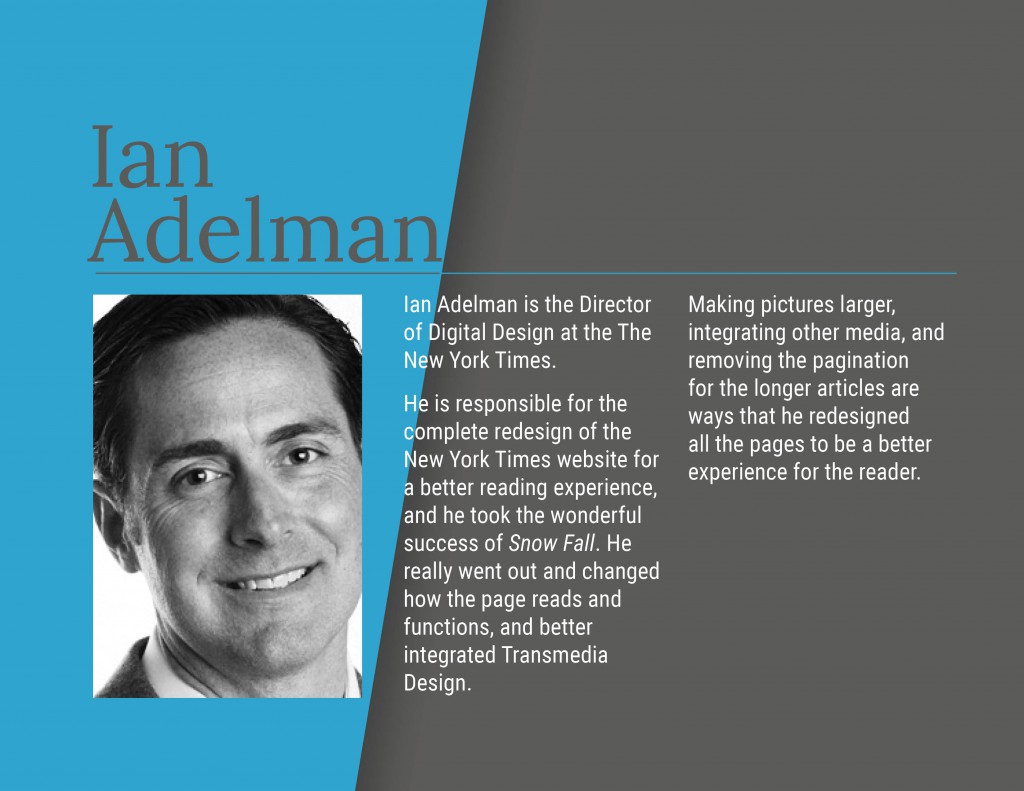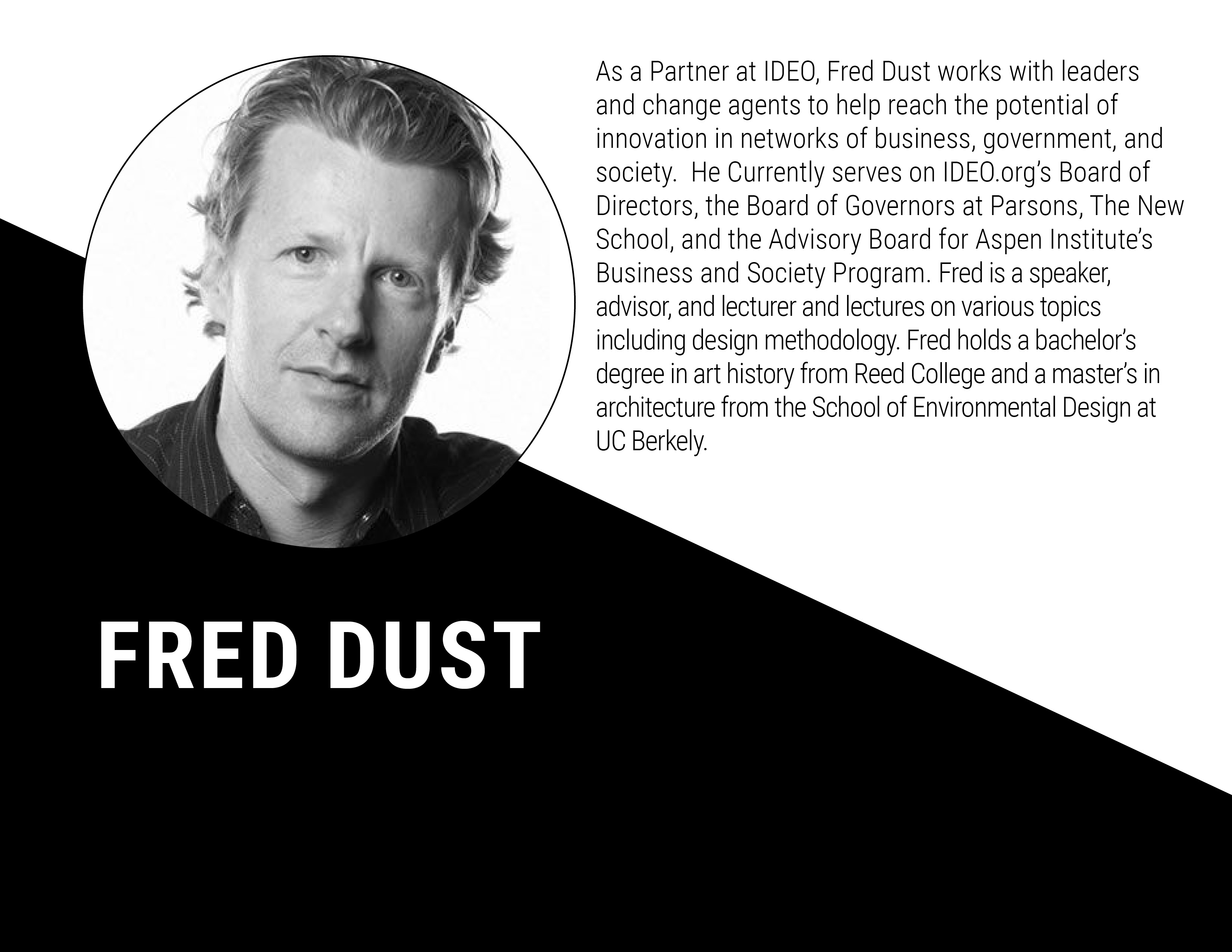My talent was Matthew Mullenweg. From the research and some of the interviews I watched, he exhibits himself, as one of the youngest successful entrepreneur with great fortitude and he truly appreciates the benefits of his achievement while continuing development with his initial determinations. This is quite admirable. He was born in Houston, Texas in 1984. It is interesting to know that before he dropped out of the University of Huston in 2004 to work at CNET (an American media website that publishes reviews, news, blogs, podcasts on technology and consumer electronics.), he was going to become a musician. He is now known as the co-founder of WordPress (an open source platform for blogging, which I have introduced in the previous post) and the CEO of Automattic, the investment and development company behind WordPress. An opportunity arose in 2003 when the development of b2/cafelog (a blogging site he was using at that time, to which he contributed some minor coding, such as typographic entitles and cleaner permalinks) had stopped improving. He and Mike Little (a British web developer) created WordPress together from the b2 codebase when he was only 19 years old. Like he said in one of his interviews, he wanted to build an open source platform to give people the freedom to speak without any cost. And of course as the company grew bigger he gained almost 70% of the financial support just from the consumers when they subscribed to anything on the site.
I appreciate how he views the world as a whole. When he first found out there was a guy in Japan who downloaded their site and probably spent hundreds of hours on coding every single script into Japanese, he was shocked. I think this was the first time he started believing in the possibilities of a global phenomenon. His conception of leadership is to lead by doing and that can become the culture of his team, therefore he holds himself to standards and takes responsibility for his actions. There are simple requirements in the company, which are to always be learning since technology renews basically every five years, be curious, and approach the work as a craft.
Matt Mullenweg’s Blog: http://ma.tt/
Sources: https://en.wikipedia.org/wiki/Matt_Mullenweg
https://www.youtube.com/watch?v=MJwOAucWJJg
https://www.youtube.com/watch?v=yUCFRL43Zm4
